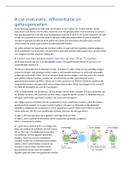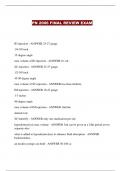Samenvatting
Samenvatting Functioneel Programmeren (in Haskell)
- Instelling
- Universiteit Utrecht (UU)
Samenvatting van het vak Functioneel Programmeren aan de Universiteit Utrecht, gebaseerd op de hoorcolleges en het boek Programming in Haskell.
[Meer zien]














